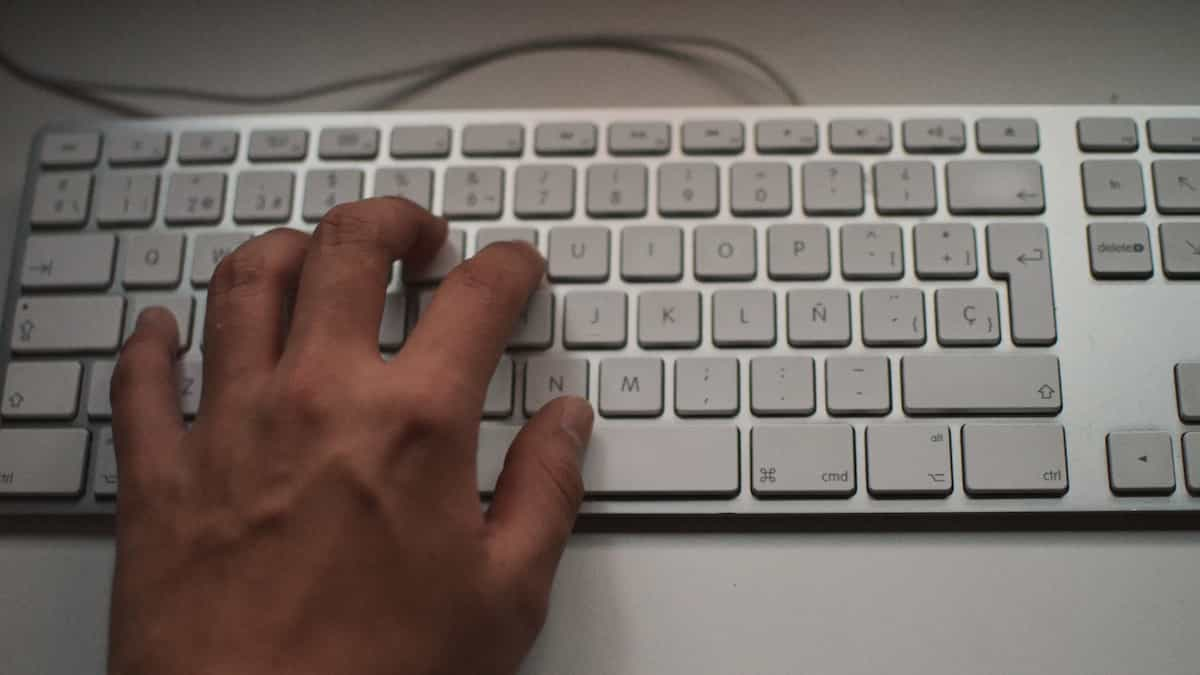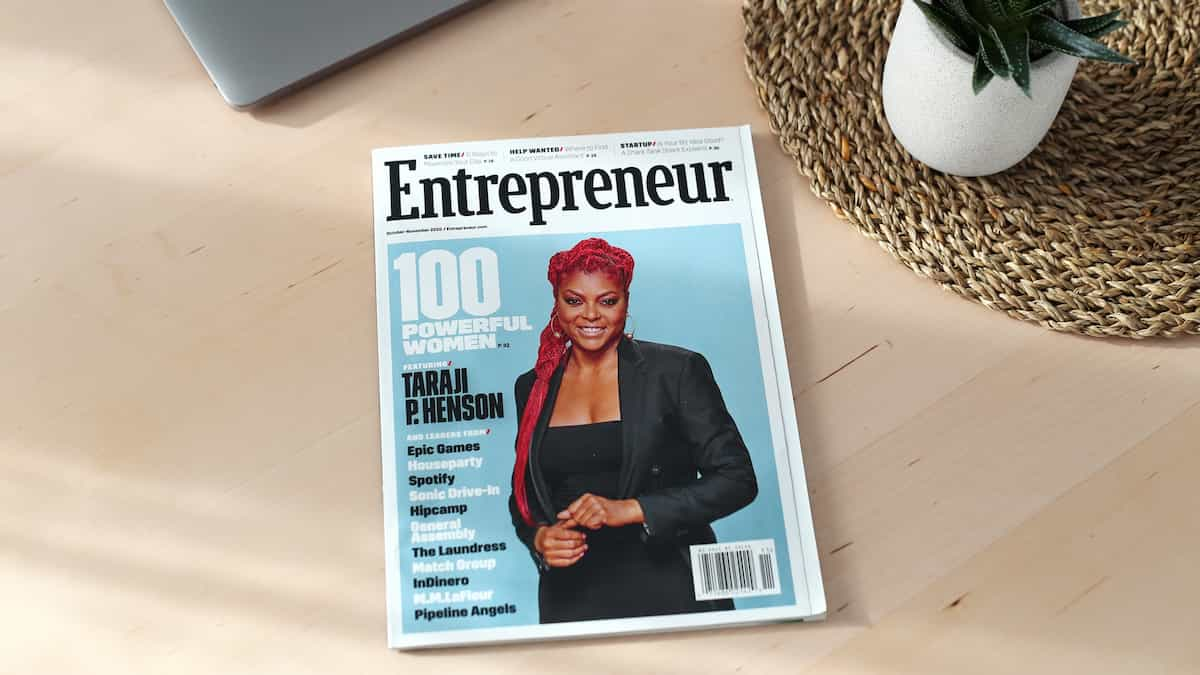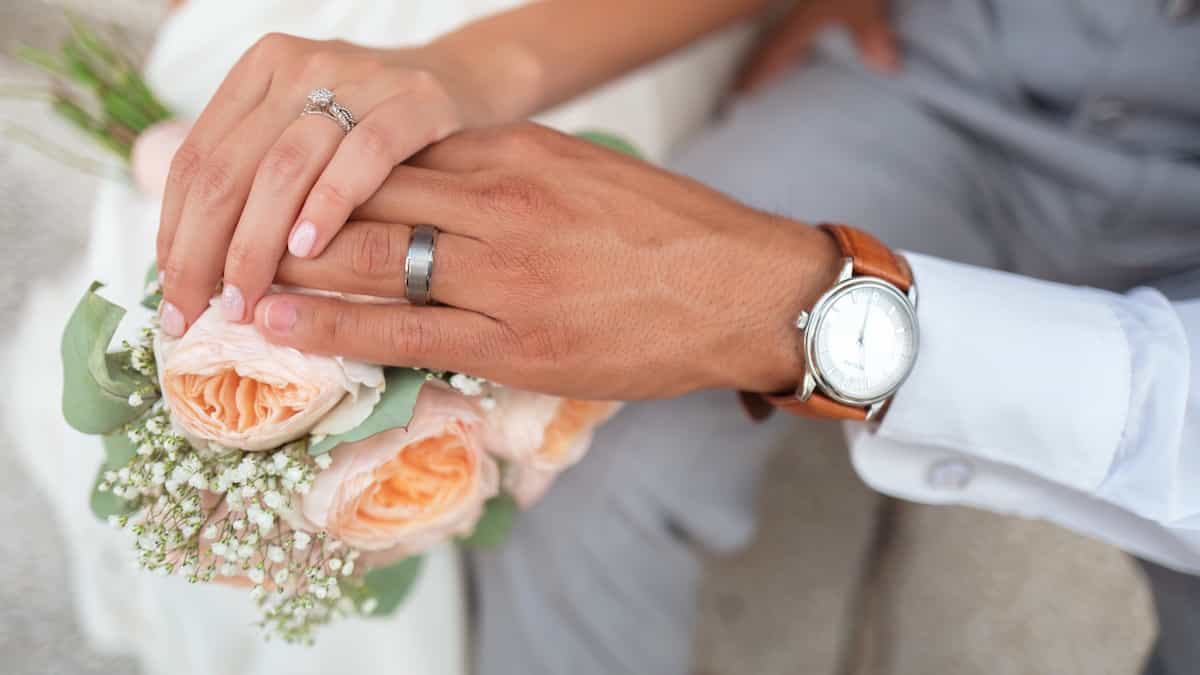Describe Image Questions in PTE Speaking
Learn about Describe image questions in PTE speaking with an overview, recommended approach and practice questions.
by Tim Martyn

Overview
Describe image questions test your ability to describe the information in a graph, chart, map, table or picture.
Here are some key points about Describe image questions:
- They assess speaking skills only.
- You’ll be shown an image (a graph, chart, map, table or picture). You’ll have 25 seconds to prepare your description.
- At the end of your preparation time, the status will change to “Recording”, and you should start speaking. You’ll have up to 40 seconds to record your response.
- When the time runs out – or you’re silent for more than 3 seconds – the status will change to “Completed”.
- Partial credit scoring applies.
- You only have one chance – you won’t be able to re-record your response.
- You’ll answer 3–4 Describe image questions in the speaking test.
Example question
Here’s an example Describe image question.
Look at the graph below. In 25 seconds, please speak into the microphone and describe in detail what the graph is showing. You will have 40 seconds to give your response.
🔍 Click on the image to enlarge it.

__________
Source: Office for National Statistics licensed under the Open Government Licence v.3.0
Scoring criteria
There are three scoring criteria for Describe image questions.
| Criterion | What does this mean? |
|---|---|
| Content | Do you describe the image accurately and thoroughly? |
| Oral fluency | Do you speak smoothly, easily and at a natural speed? |
| Pronunciation | Do you speak with correct speech sounds (e.g. vowels, consonants) and stress words and phrases correctly? |
NOTE: Regional and national varieties of English pronunciation are understood and accepted.
Recommended approach
Here’s my recommended approach for answering Describe image questions. We’ll use the example question to go through the steps you need to take.
IMPORTANT:
The overall approach is the same for all Describe image question types (i.e. graphs, charts, maps, tables and pictures).
Step 1 > Quickly study the image
Your first task is to quickly study the image in order to identify the general topic and type of information. To do this, start by reading the title. If it’s a graph or chart, check the labels on the vertical and horizontal axes. For a table, check the headers. For a map or picture, look for labels. Also check the units of measurement (e.g. dollars, kilograms, years), as well as any legends that explain the meaning of different categories, colours, etc.
In our example, we can see a line graph. It shows how much people from different age groups in the United Kingdom enjoy spending time alone and with others. There’s a legend at the top that shows which line refers to enjoyment of time alone (the blue line) and which to enjoyment of time spent with others (the orange line). We can see that enjoyment is recorded on a scale of 0 to 7 (on the vertical axis) and is broken down by age group (on the horizontal axis).
Step 2 > Make a plan
Once you know the general topic and type of information in the image, it’s time to make a plan. You can use the erasable booklet provided to you on test day for this. Remember that you only have 25 seconds to analyse the image and make a plan, so don’t try to write sentences – you only have time to write key words.
There are several ways you can structure your response. The approach you use will depend on the image. However, in all cases, your description should follow a logical structure.
Here are some structures you could use.
| Structure 1 | Structure 2 | Structure 3 |
|---|---|---|
| Introduction | Introduction | Introduction |
| Features | Main point and details | Comparisons and contrasts |
| The most significant feature | A conclusion that can be drawn from the image | Any unusual features |
When you’re making your plan, keep the key sections below in mind.
Introduction
Make a quick note of what the image shows in general, which can function as an introduction. When you speak, you can start with The graph shows… or similar. Avoid simply reading the title of the image. Use synonyms where possible but make sure you don’t change the meaning.
Most important trends/features
As you make your plan, identify the most important trends/features in the image and think about how to support your description of them (e.g. with numbers from a graph). Write key words to help you remember the trends/features when it’s time to speak.
In our example, we can see that enjoyment of time spent with others is fairly consistent across age groups but is highest for those aged 65 and over. There’s more variation in terms of enjoyment of time alone across age groups. It’s highest for younger people and lowest for middle-aged people. However, it increases again for those aged 55 and over.
Conclusion/implications
Optionally, you can draw some kind of conclusion or give implications at the end of your description. You can think of this as a summary or key takeaway.
NOTE: Even though the official preparation products for the PTE stress the importance of drawing a conclusion or giving implications at the end of the description, virtually none of the official model answers do so. Therefore, don’t panic if nothing comes to mind for this part. Just keep summarising the most important trends/features.
In our example, we could comment on the fact that people generally prefer to spend time with others, except for those in the 8-to-15 and 16-to-24 age groups, who prefer to spend time alone.
Here’s what our plan for this question might look like.
| – enjoyment time alone vs with others |
| – ‘with others’ fairly consistent – ‘alone’ varies |
| – ppl. gen. prefer time with others, except young ppl. |
Step 3 > Speak
After 25 seconds of planning time, you’ll hear a tone. Start speaking immediately. If you’re silent for 3 seconds, the microphone will switch off. Keep an eye on the timer – remember that you only have 40 seconds to give your description.
Here’s a possible description for our example.
The line graph shows how much British people of different ages enjoy spending time by themselves and with other people.
People’s enjoyment of time spent with others is fairly consistent across age groups but is highest for those aged 65 and over. There’s more variation across age groups when it comes to spending time alone. Enjoyment of time alone peaks in the 8-to-15 age group and is lowest for middle-aged people. However, it increases again from the age of 55.
Overall, we can see that British people generally prefer to spend time with others, except for those in the 8-to-15 and 16-to-24 age groups, who actually get more enjoyment from spending time alone.Final tips
Here are a few things to keep in mind:
- Speak at a normal speed and volume. If you speak too quietly, it may be hard for the computer to score your response accurately.
- Don’t try to memorise a response. Your score will be very low if you try to do this.
- Don’t use your own knowledge or give your opinion. The information in your description should come from the image only.
- Avoid repeating information.
- In the lead-up to your PTE test, revise vocabulary that is often used to describe graphs, charts, maps, etc. This includes verbs and adverbs to describe trends (e.g. increase, fluctuate, significantly, sharply), comparative and superlative structures (e.g. far greater than, a much larger proportion of, the highest number of), directions (e.g. east, south-west) and estimates of quantity (e.g. approximately, just under).
Practice questions
Now it’s your turn to practise. Try the Describe image questions below using the approach outlined above.
Question 1
Look at the graph below. In 25 seconds, please speak into the microphone and describe in detail what the graph is showing. You will have 40 seconds to give your response.
🔍 Click on the image to enlarge it.

__________
Source: Office for National Statistics licensed under the Open Government Licence v.3.0
Feedback
Click below for a sample response.
The bar chart shows what percentage of their free time British people of different ages and genders spend on their devices.
Device use is highest among those aged 25 and under. Men in this age group spend 35% of their leisure time on a device and women approximately 29%. Percentages gradually decrease as people age. The lowest percentage is in the 56-and-over age group, where men spend about 12% of their free time using a device and women 10%. It’s also clear that, across all age groups, men spend more of their leisure time on a device than women.
So, the younger you are, the greater the percentage of your free time you’re likely to spend on a device.Question 2
Look at the graph below. In 25 seconds, please speak into the microphone and describe in detail what the graph is showing. You will have 40 seconds to give your response.
🔍 Click on the image to enlarge it.

__________
Source: Office for National Statistics licensed under the Open Government Licence v.3.0
Feedback
Click below for a sample response.
The bar chart shows the average number of hours that British men and women spend engaged in a range of leisure activities each week.
Both men and women spend by far the largest proportion of their leisure time consuming mass media, with men spending an average of just over 16 hours and women a little over 14 hours per week engaged in this activity. The second most popular activity for women is socialising, at just over 4 hours per week. For men, it’s hobbies, computing or games, also at a little over 4 hours per week.
The most noticeable difference between the genders can be seen in relation to the category of hobbies, computing or games. Men spend almost twice as long on these activities as women do.










